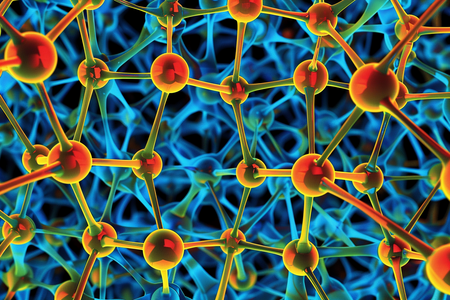
This Infrastruture Use Case (IUC17) focuses on establishing a FAIR-compliant semantic infrastructure for describing crystalline defects across multiple length scales and methods. Crystalline defects such as vacancies, dislocations, and grain boundaries are fundamental to the physical properties of materials, yet their semantic representation is inconsistent across simulation tools and experimental methods. This IUC addresses this gap by developing ontologies and metadata schemas that enable findable, accessible, interoperable, and reusable data. The emphasis lies both on generating new annotated data, and on standardizing and enriching existing data through semantic annotation, thereby improving its reusability across the community. Central to this effort is the Open Crystallographic Defect Ontologies (OCDO) organization, developed through a community-driven approach in IUC17. Complementary efforts include the Computational Materials Sample Ontology (CMSO) and Atomistic Simulation Method Ontology (ASMO), as well as the python tool atomRDF, which enables automated semantic annotation within simulation workflows. By harmonizing defect and microstructure data across the MSE community, this IUC provides a semantic layer for integrating multi-scale materials data into broader research data infrastructures and computational workflows.
Main requirements:
|
| Main Task Area: TA-SAI Other related Task Areas: TA-WLE |
| Possible connections within NFDI: FAIRmat |
| Material/Data: - Single- and polycrystalline materials/metals - Simulation data - Post-processed microscopy data |
| Main Success Scenario: Researchers are able to describe, annotate, and query crystalline defect data across scales and methods using a unified ontology infrastructure, enabling cross-comparison between atomistic simulations, mesoscale models, and experimental microscopy data. |
| Added value for the MatWerk community: Reusable, interoperable semantic framework for crystalline structures and defects across MSE domains. This generalization enables consistent metadata standards, supports automated workflows, and facilitates integration into broader data infrastructures. |
This IUC provides user-driven input for the development and validation of ontologies describing crystalline defects across scales and methods. It contributes to the Open Crystallographic Defect Ontologies and the alignment with broader semantic frameworks. Participant projects provide domain expertise and research data to test and refine ontology instantiation and knowledge graph development within scientific workflows. One of the main case studies is to combine the execution of computational workflows on the atomistic scale with the domain ontology for defects in crystals. AtomRDF has been developed for this purpose, and its integration with multiple workflow environments is one of the aims of this IUC. Further extensions address additional length scales, thermodynamic concepts and experimental data.
Software and Workflows
Demonstrator
NFDI-MatWerk
Funded by the Deutsche Forschungsgemeinschaft (DFG, German Research Foundation) under the National Research Data Infrastructure – NFDI 38/1 – project number 460247524.
NFDI-MatWerk
Funded by the Deutsche Forschungsgemeinschaft (DFG, German Research Foundation) under the National Research Data Infrastructure – NFDI 38/1 – project number 460247524.
Subscribe to our newsletter for regular updates about materials science topics!
After subscribing, you will receive an email from us with a confirmation
link.
Only after clicking this link your registration is completed.